
Property development was never on Ashley Law’s agenda. She had studied architecture and sustainable development at university, and was working at a fintech company when she decided to buy a home in Whitechapel, east London, with her then-partner. “I was excited to use my architecture background to take on a project and design our home,” she says. Through the process, which she did in collaboration with architecture firm Nikjoo and a host of designers, something clicked.
Only a few years on, and Law — still only 25 — has sold that Whitechapel project, called Trove, and founded her property company, Flawk. She is in the process of developing three other small-scale sites across London. “For me, it’s about restoring and reimagining overlooked and underloved pockets of the city,” she says.
Law is one of a new generation of property developers in London that is seeking to do things differently: to create homes for first-time buyers, and those looking for mid-sized family homes (in the region of £1mn-£2mn) that are thoughtful, generous, and driven by high-quality design and meaningful sustainability. And to instil approaches that aim to set a new standard for what a kinder and more responsible development culture — as well as city — might look like.
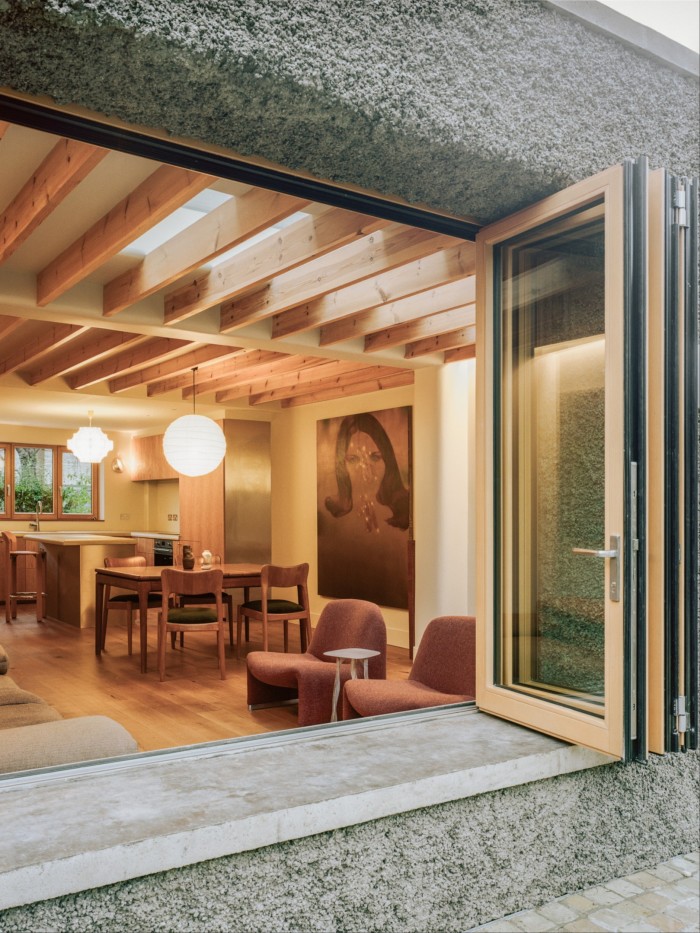
A three-bedroom postwar terraced house, Trove was transformed with the creation of open-plan, light-filled spaces and tropical outdoor planting. But perhaps the most striking element is that the house is animated by a curation of eclectic pieces made for the project by local and emerging designers, bringing crafted touches to interior elements that might otherwise be overlooked. There are recycled plastic door handles by James Shaw, a twisted glass loo roll holder by Marco Campardo, and sculptural mini shelves by Santi Guerrero. As a designer herself, Law also created and collaborated on pieces — from a stainless steel chainmail shower curtain to modernist-inspired, star-shaped wall lights made with Monika Kolarz and Menting Liu. It’s a bespoke approach that is typically only seen at the very top end of the housing market.
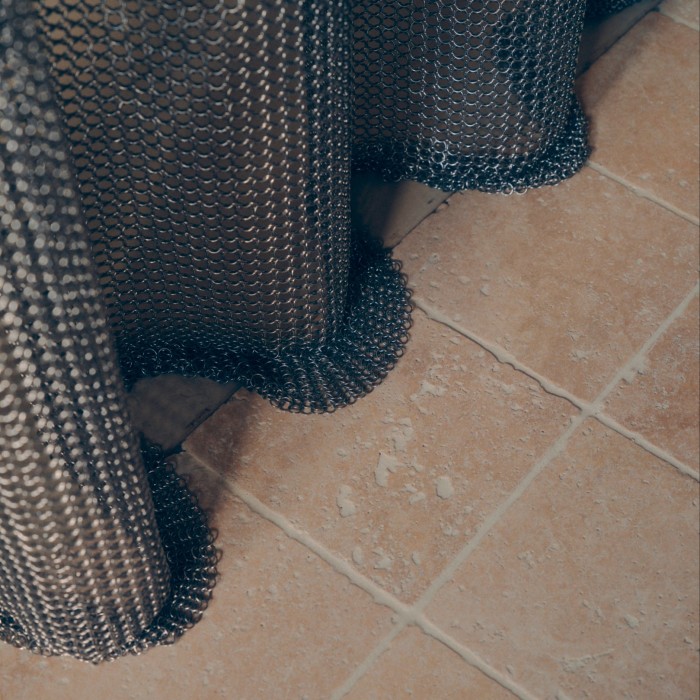

“I want to use my spaces as a platform to champion local artists,” says Law, who not only plans to continue commissioning bespoke elements for each development scheme, but also to use the construction sites as loci of community-building and creativity.
Flawk’s second site — a soon-to-complete family home in Stoke Newington, which developed a vacant car parking space behind a high street shop — has been used as an exhibition venue while awaiting completion. During London Design Festival this September, a show titled The Objects Pantry brought together the work of emerging furniture and lighting designers — including Alexandra Arias, Lewis Kemmenoe and Motong Yang — alongside two community-focused supper clubs.

It’s a format Law hopes to continue across all her sites, and a way to get to know locals. “Establishing relationships with neighbours is important,” she says. “I’m not hiding behind lawyers — the first thing I do is bring a bottle of wine, have a conversation and chat about the plans.”
Such an approach is only truly possible at the small scale — and Law embraces that. “I really love the attention to details,” she says. “If you are doing a multi-unit block, that’s something that might be lost along the way.”
Design detail is also at the forefront for Kinland, a developer founded by Alex Macaulay, 36. “We use materials that we can identify the source of, that are crafted, procured and constructed in the right ways,” he says, noting this may take longer but leads to better end results. By “right ways” Macaulay means carefully, responsibly and to a high standard. Using localised supply chains when possible in order to have a “positive impact” on the areas and economies he works in is also important to him.
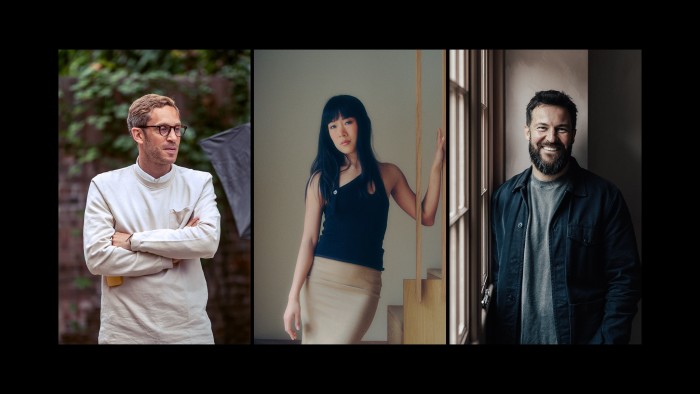
Macaulay has a varied background in real estate, having previously worked in construction on site, at an estate agency, and at a large global consultancy. When setting up Kinland, he was driven by wanting to create “more than just a real estate development company”, becoming “a lifestyle brand” responding to what this sector of the market wanted: properties that reflect people’s lives and what they value. “We’re trying to create homes that are emotive,” he says.
In 2022, the company completed its first project: Bristow Mews in Brixton, a three-home mews development designed in collaboration with MW Architects. An existing Victorian coach house was restored and extended, and two semi-detached three-bedroom properties added. Interiors feature an organic palette and natural materials; outside there are green roofs and biodiverse landscaped gardens.
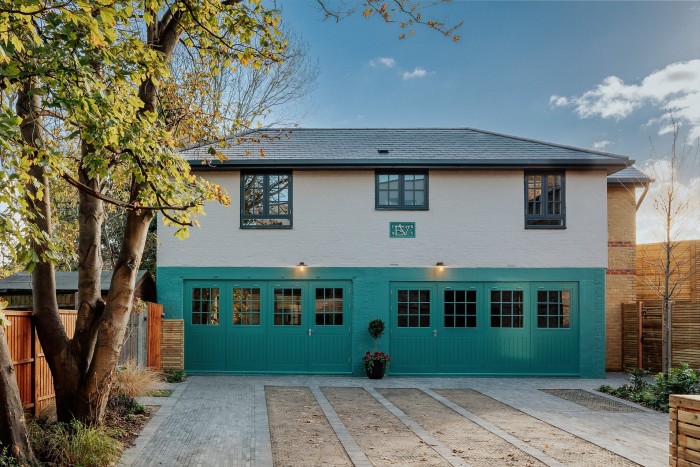
Now, Kinland is finishing up Eastbrook, a three-home development in south Dulwich designed with Dust Architecture and Ademchic. Natural materials reign again, including oak flooring and terracotta tiling. “We always use lime-wash paints,” adds Macaulay, “because they’re breathable and have dehumidifying properties. Wellness is important to us.”
Part of this wellness focus, he says, means designing generously sized spaces that go beyond the typical UK standards (according to government regulation, it is acceptable for a six-bedroom home, for instance, to be 116 sq m, or less than half the area of a tennis court). “In the main, the quality of new-build development in this country is poor,” he says. “It has become so homogenised and generic.”
It’s a sentiment shared by the firm gs8. “When we set up, we had both been trying to get on the property ladder — and had negative experiences. We saw there was an opportunity in the market,” says Joshua Gordon, 38, who co-founded the company in 2015 with Ben Spencer, 34, when they were both in their twenties.
gs8 is driven by making home ownership accessible and enjoyable for first-time buyers, building residential developments that “we would be proud to live in ourselves,” says Gordon.
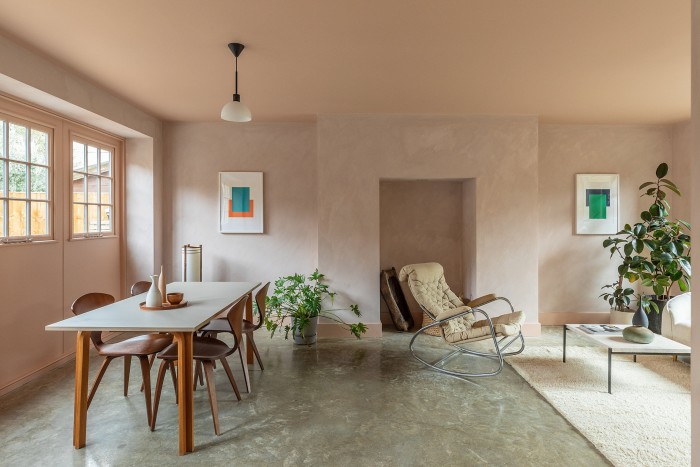
In 2016, the founders expanded this vision. For The Arbour, a complex of 10 homes on a former industrial site in Walthamstow, east London, gs8 — working with architecture practice Boehm Lynas — wanted to find a way to design the scheme to reduce energy bills, in the knowledge that the disposable income of first-time buyers, post-purchase, tends to be low. As a result, it brought on board sustainability consultant KLH, which trained the wider team to consider sustainable design more holistically, reducing the carbon emissions created by materials, transportation, construction and building operation.
The Arbour subsequently became a pilot project for gs8’s “planet-positive framework”, which now underpins its work. It means that the carbon sequestered by its projects — through natural materials and landscaping — exceeds the carbon needed to build and maintain it, that renewable energy generated on site exceeds the annual energy consumption of the homes, and that the development process generates zero waste.

At The Arbour, existing materials on site were reused, traditional structural timber was deployed, and the buildings were designed to be energy-efficient — enabling a zero energy bill.
“We started to understand that you can use fewer materials in buildings, achieve greater efficiency, and still deliver the same thing,” says Spencer. He critiques many working in the development industry for their “greenwashing” and opacity: “There’s a lack of definition, and understanding of terms — such as net zero, carbon positive, carbon neutral.” There needs to be an industry benchmark, he believes, around the way carbon is measured.
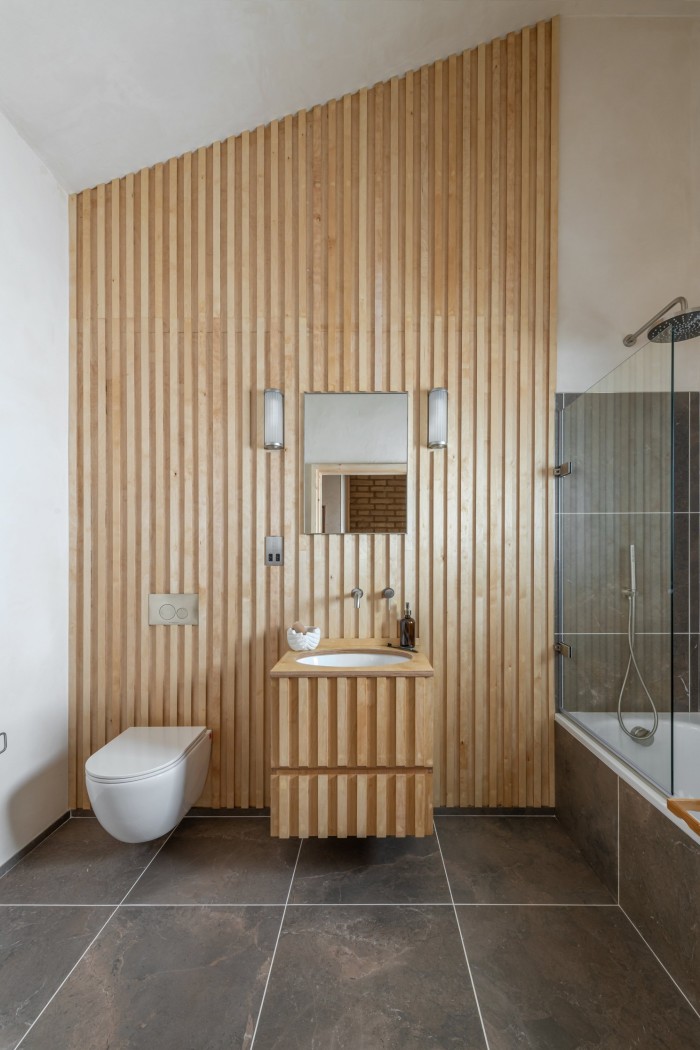
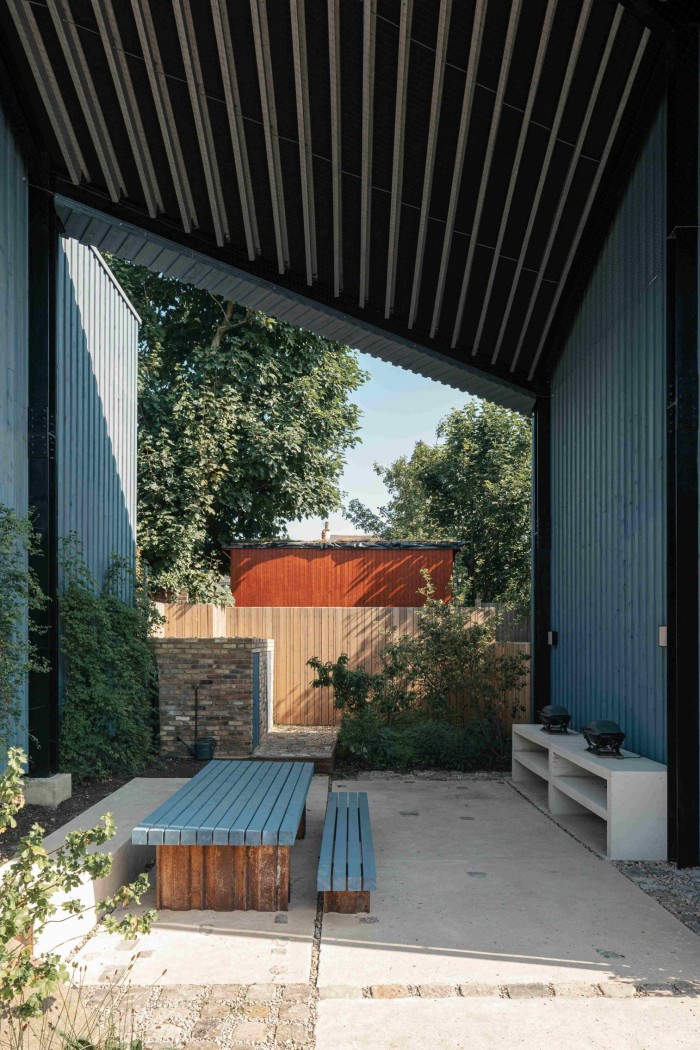
gs8 is now planning a 113-home development in Epping, which includes the reactivation of a previously privatised lake for the community, new play areas, pedestrianised streets, trail gardens and a shared “reuse centre” where local residents can share and swap tools — from lawnmowers to drills — and even work on their own DIY projects in a workshop.
The project marks the scaling up of gs8’s framework: the firm aims to deliver roughly 1,000 homes per year by 2028, adapting the approach tested in London to suburban and rural locations. “We’re only really scratching the surface of what’s possible when it comes to regenerative development,” says Spencer.
Each of these three developers set out to do something different in the context of London, though their sentiments overlap. Flawk wants to use housebuilding as a tool to create community; Kinland seeks to prioritise quality over value engineering; gs8 wants to make homes that don’t come at the expense of the planet.
What they do may not be the norm for housing development in the capital, but that’s exactly their intention.
Find out about our latest stories first — follow @ft_houseandhome on Instagram


